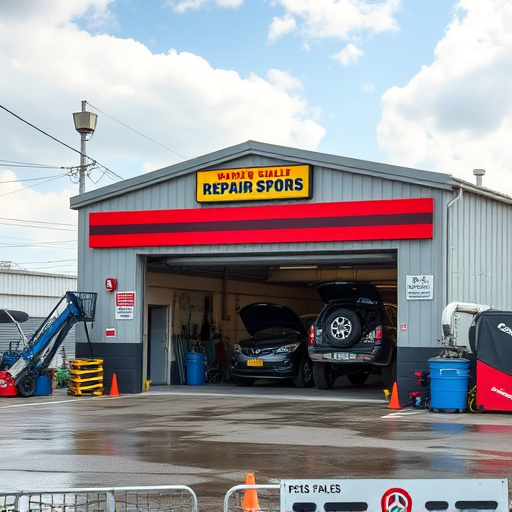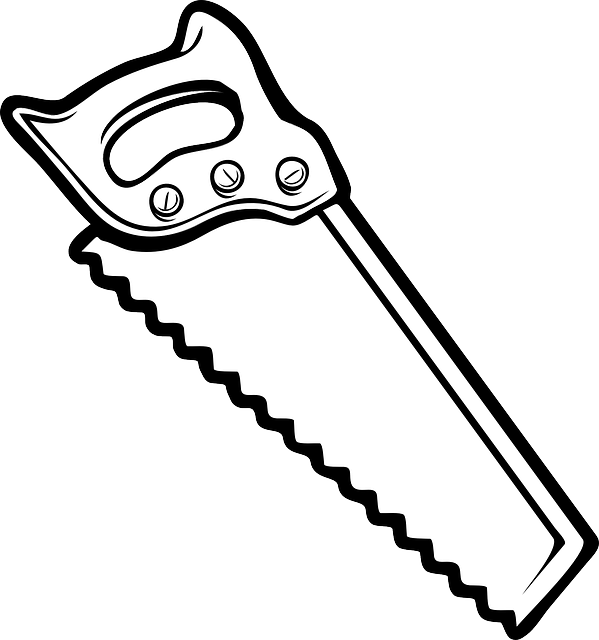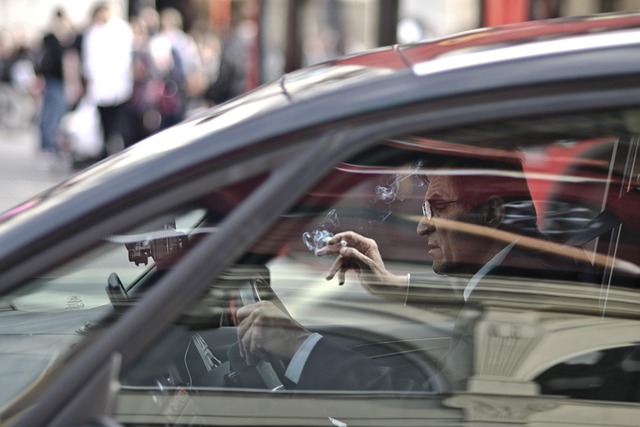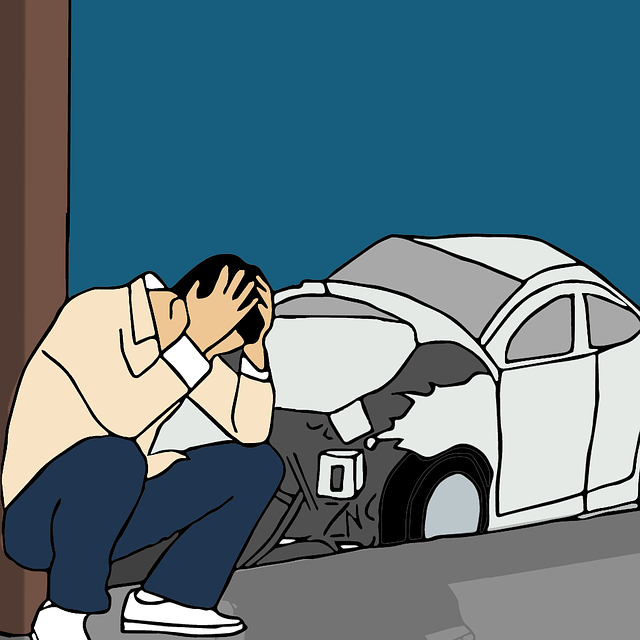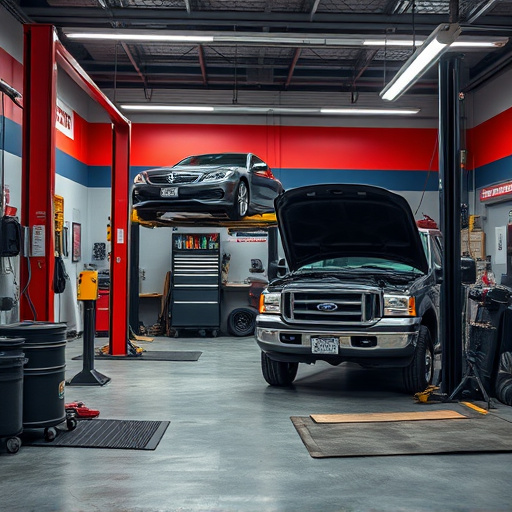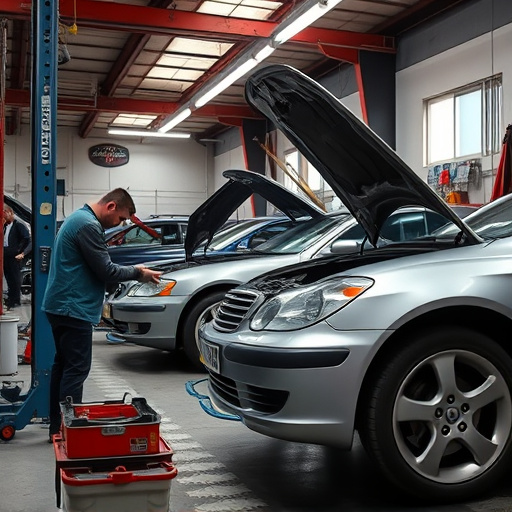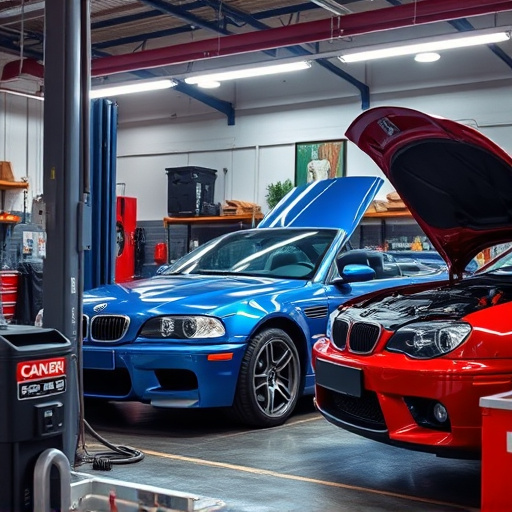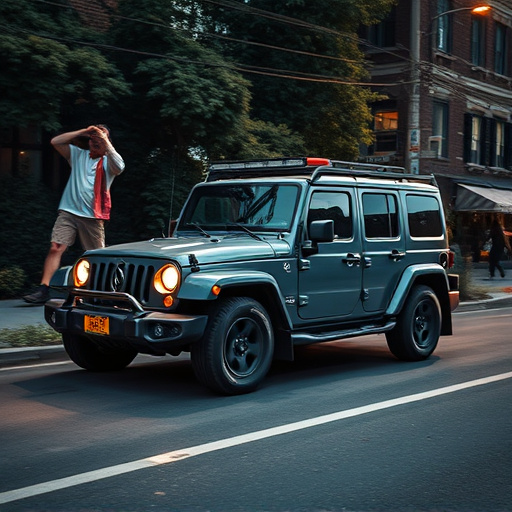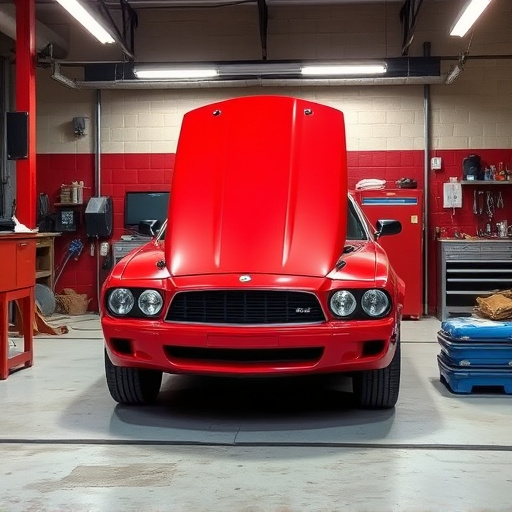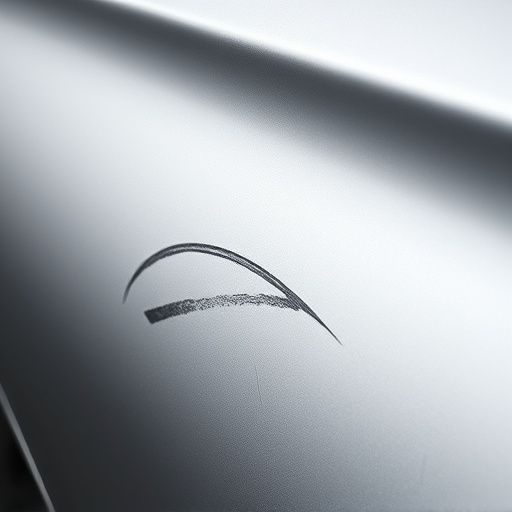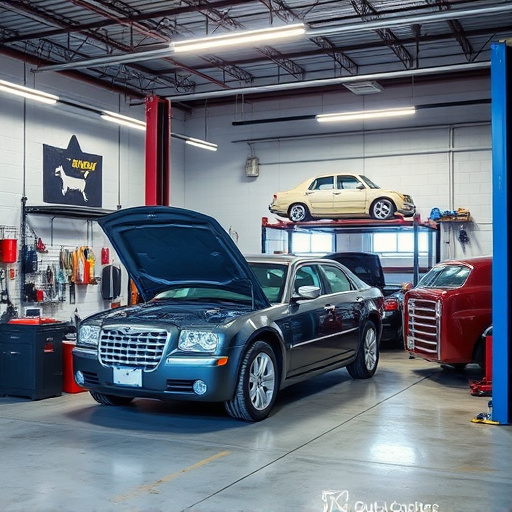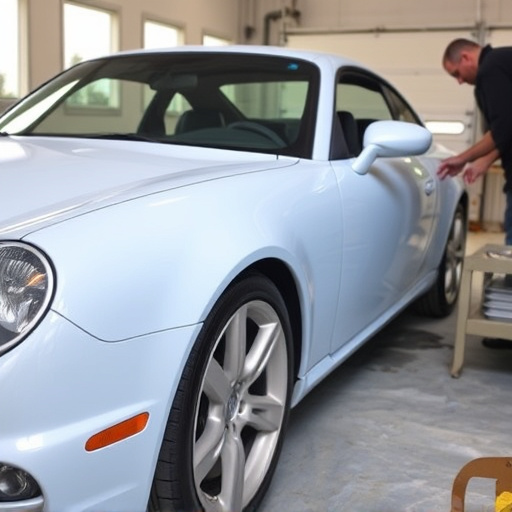Vintage auto body repair demands a deep understanding of era-specific bodywork and craftsmanship. Professionals examine vehicle structure, identify manufacturing era, and use suitable tools and techniques to preserve authentic aesthetic charm while ensuring structural integrity. Essential tools include specialized hand tools, putty knives, sandpaper, vintage paint, safety gear, and precision measuring tools. Restoring classic cars involves meticulous inspection, using period-appropriate materials, sanding, degreasing, masking, repairing dents, applying primer and accurate color matching paint, allowing finishes to cure completely for perfect preservation.
In the realm of classic car restoration, mastering vintage auto body repair is an art. This guide delves into the intricate process of breathing new life into old vehicles. Understanding the unique characteristics of vintage bodywork and arming yourself with authentic tools are key steps. From identifying original panels to selecting the right fillers and paints, each detail matters. Learn a step-by-step approach to repairing and refining classic cars’ exteriors, ensuring a lasting, genuine restoration.
- Understanding Vintage Car Bodywork Characteristics
- Essential Tools and Materials for Authentic Repairs
- Step-by-Step Guide to Restoring Classic Cars' Exterior
Understanding Vintage Car Bodywork Characteristics
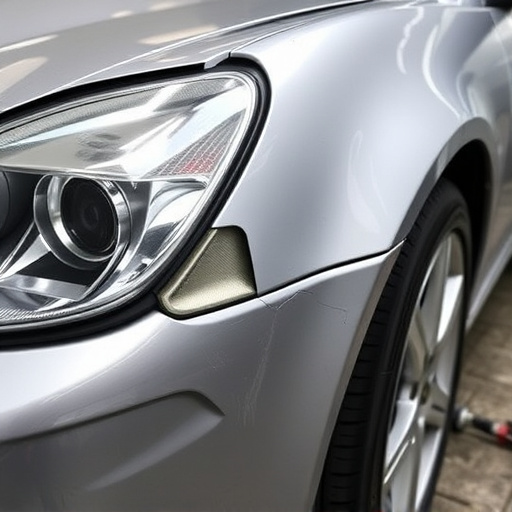
Vintage cars possess unique bodywork characteristics that set them apart from modern vehicles. To excel at vintage auto body repair in your automotive body shop, it’s crucial to understand and appreciate these distinct features. Each era of automotive design had its own set of craftsmanship techniques and materials, resulting in varied panel shapes, finishes, and structural elements. For instance, classic cars often feature hand-hammed panels, exposed rivets, and intricate metalwork that deviate from contemporary factory-produced parts.
When engaging in car restoration projects involving collision repair or significant bodywork, professionals must be adept at identifying these vintage specifics. This involves carefully examining the car’s structure, understanding its manufacturing era, and selecting appropriate tools and techniques aligned with the vehicle’s original design. Such meticulous attention to detail ensures that the restored car retains its authentic aesthetic charm while achieving structural integrity comparable to its original condition.
Essential Tools and Materials for Authentic Repairs
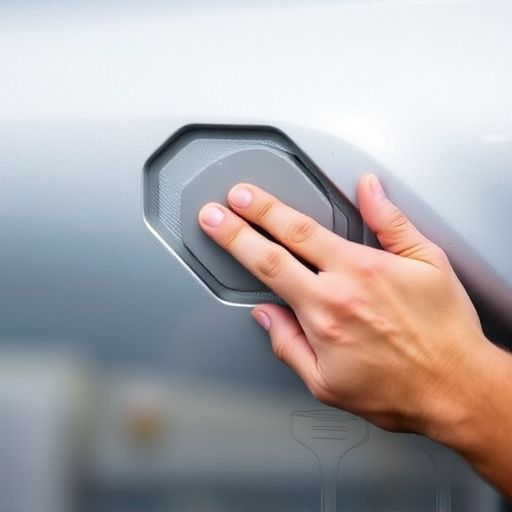
When diving into vintage auto body repair, having the right tools and materials is paramount for achieving authentic results. Essential items include specialized hand tools like precision screwdrivers, pliers, and chisels designed for delicate work. For filling and sanding, a putty knife set with various blade sizes, along with fine-grit sandpaper, will ensure smooth surfaces. Paint supplies are crucial; this includes vintage or period-appropriate paint, clear coats, and primer specifically formulated for older vehicles. A spray gun and associated equipment are invaluable for applying paint evenly and cleanly.
Additionally, a set of high-quality brushes, rags, and tape for masking are must-haves. Safety gear such as goggles and respirators should never be overlooked, especially when handling old materials that might emit harmful fumes. For accurate measurements and adjustments, precision measuring tools like tape measures, calipers, and angle gauges are essential. These foundational elements will enable you to offer top-tier auto body repairs while preserving the timeless beauty of vintage vehicles through comprehensive vehicle restoration.
Step-by-Step Guide to Restoring Classic Cars' Exterior
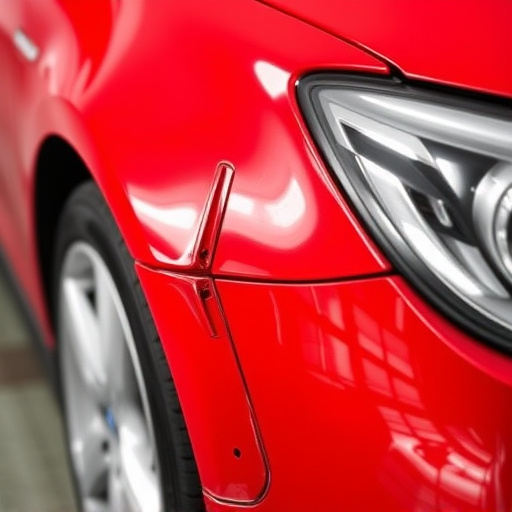
Restoring the exterior of classic cars is an art form that combines skill, patience, and a deep appreciation for the vehicle’s history. Here’s a step-by-step guide to help you master vintage auto body repair in your shop.
Start by thoroughly inspecting the car to identify any damage or imperfections. This includes checking the paint job, panel alignment, and overall structural integrity. Next, gather all necessary tools and materials, focusing on vintage-specific parts like paint, primers, and fillers that mimic the original manufacturing standards. Before beginning repairs, mask off areas not to be treated and prepare the surface by sanding and degreasing for a clean canvas. After repairing dents and scratches using specialized techniques, apply multiple thin coats of primer to even out the surface. Allow each coat to dry thoroughly before moving on to the final stage: painting. Choose a color that accurately matches the car’s original shade, mixing it precisely to achieve the desired hue. Once painted, let the finish cure completely, then inspect for any touch-ups needed. This meticulous process ensures that every detail is perfect, paying homage to the car’s classic beauty while addressing any signs of wear and tear from years past.
Vintage auto body repair is an art that combines historical knowledge with skilled craftsmanship. By understanding the unique characteristics of classic car bodywork and equipping yourself with the right tools, you can master the process of restoring these timeless vehicles to their former glory. Following the step-by-step guide and adopting authentic techniques will ensure your shop becomes a haven for classic car enthusiasts seeking top-notch repairs. Embrace the challenge and contribute to preserving automotive history through your expert vintage auto body repair services.
